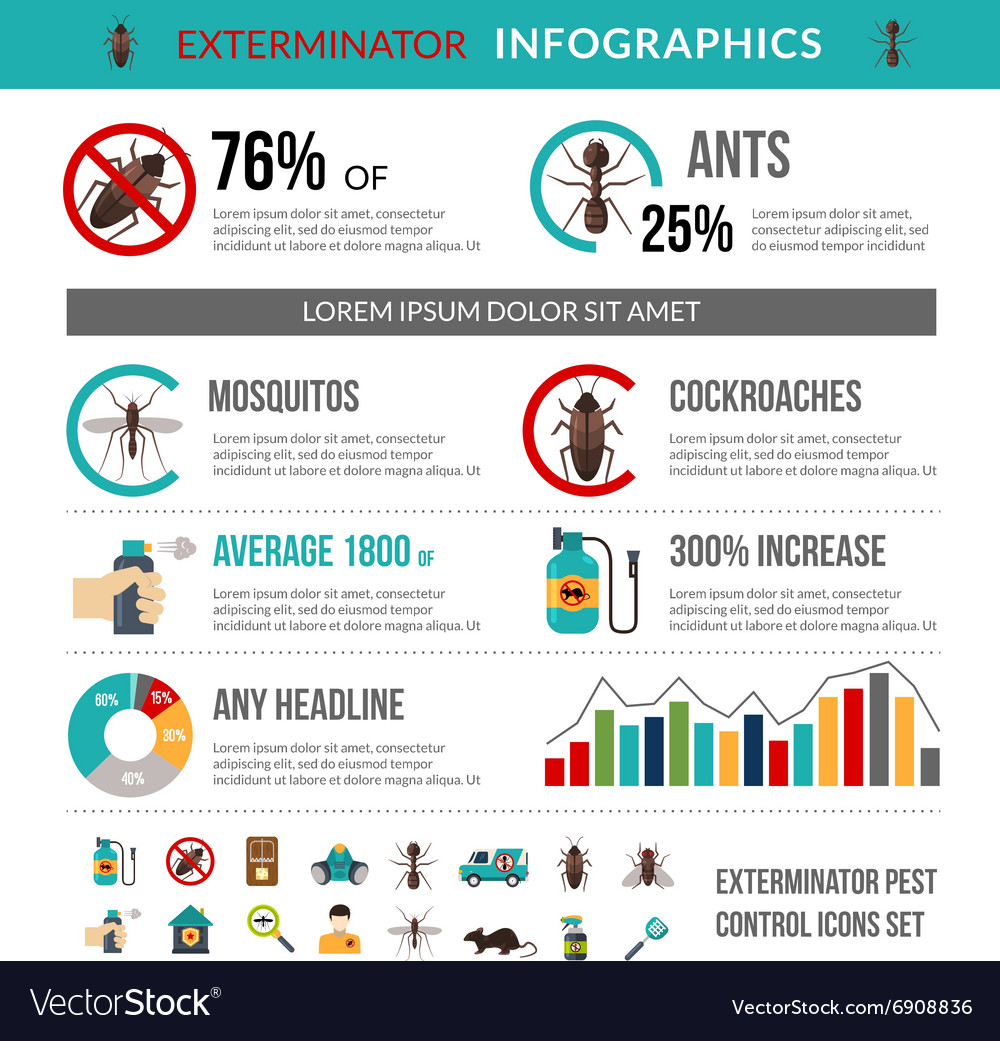Checking Out The Different Sort Of Termites And How They Behave
Checking Out The Different Sort Of Termites And How They Behave
Blog Article
Material By-McCartney Fitzpatrick
When observing the detailed world of termites, you'll observe a diverse range of types, each with its very own distinctive behaviors and environments. Subterranean termites might seem humble as they create mud tubes, but their influence on wooden frameworks is much from minimal. However, drywood termites offer a different difficulty, residing within the extremely wood they take in, evading very easy detection. As you take into consideration these nuances in termite habits, a deeper understanding of these insects' facility societies and survival techniques arises, clarifying the significance of additional exploration right into their world.
Common Types of Termites
When determining common sorts of termites, it's essential to understand their distinct qualities and behaviors. One of one of the most extensive kinds is the subterranean termite. These termites live in the soil and construct intricate mud tubes to accessibility food sources above ground. Below pest termite are known for their devastating feeding behaviors, commonly targeting wooden frameworks within homes.
Another typical kind is the drywood termite. Unlike subterranean termites, drywood termites don't call for contact with the dirt. Instead, they live directly within the wood they eat. These termites can be more challenging to find as they do not build mud tubes, making their existence tougher to identify until considerable damages has been done.
Formosan termites are another widespread kind recognized for their hostile feeding routines. They can eat wood at a rapid speed, leading to extensive architectural damages if left unchecked. Determining these common types of termites early is important in carrying out reliable parasite control actions to shield your residential property.
Habits Patterns of Termites
Recognizing the habits patterns of termites is essential for properly managing and stopping problems in your residential property. These tiny bugs can trigger significant damage if left unattended. Here are https://www.dailymail.co.uk/news/article-11589821/The-hapless-pets-wild-animals-trapped-bizarre-places-rescued-RSPCA.html of termites that you must recognize:
1. ** Social Structure **: Termites stay in swarms with a specified hierarchy including employees, soldiers, and the queen. Recognizing this structure can assist in targeting the resource of the invasion.
2. ** Feeding Habits **: Termites prey on cellulose discovered in wood and other plant products. They can consume huge amounts of timber, leading to architectural damage if not managed immediately.
3. ** Nesting Actions **: Termites build intricate nests that can differ based upon the species. Understanding where termites could nest can aid in finding and getting rid of colonies.
4. ** Swarming Actions **: Termite flocks consist of winged reproductive people seeking to establish new swarms. Recognizing swarmers can indicate a close-by problem and the requirement for immediate action.
Managing Termite Infestations
To efficiently take care of termite problems, aggressive examination and targeted therapy are important. Routinely examine your residential or commercial property for any kind of indications of termite activity, such as mud tubes, hollow-sounding wood, or thrown out wings. Addressing any issues promptly can assist avoid substantial damage to your home. If you presume a termite problem, it's essential to speak to a specialist pest control solution for an extensive analysis.
Treatment options for managing termite infestations differ depending upon the seriousness of the problem. In cases of localized infestations, spot treatments might work. However, if the problem is widespread, tenting and airing out may be required to eliminate the termites totally.
Preventative procedures can also aid in managing termite invasions. These consist of reducing moisture around your home, keeping firewood away from the house, and preserving a clearance between soil and wood frameworks. By being aggressive and taking required precautions, you can successfully manage termite infestations and shield your property from possible damages.
Final thought
As you look into the world of termites, you'll discover a remarkable tapestry of actions and features. Similar to a harmony of nature, each kind of termite plays a distinct duty in the community.
By comprehending their behavior patterns and taking care of problems effectively, you can harmonize with these small yet magnificent animals. So grab your conductor's baton and allow's orchestrate a termite-free future together!
